හෝල්ඩන් වනාන්තර සහ උද්යාන සහිත තණකොළ අඩු කිරීමේ ක්රම
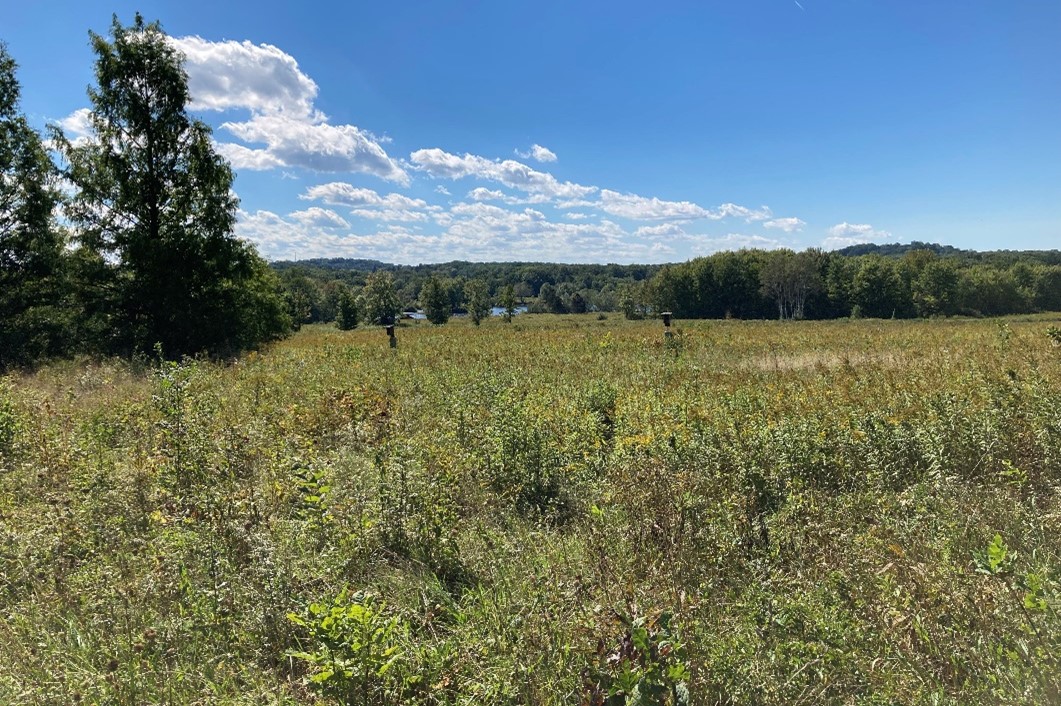
තණකොළ බොහෝ විට ගෑස් උපකරණ සහ කෘතිම පොහොර සමඟ නඩත්තු කරනු ලැබේ. නිපදවන සෑම පොහොර ටොන් සඳහාම කාබන් ටොන් හතරක් පහක් වායුගෝලයට එකතු වේ. වර්ෂාව ඇති වූ විට, පොහොර ගලා බසින අතර, දේශීය ජල මාර්ග සහ පරිසර පද්ධතිය දූෂණය කරයි.
එක්සත් ජනපදයේ අක්කර මිලියන 40 කට වඩා තණකොළ නඩත්තු කිරීම සඳහා කැපවී ඇත. ඒ වෙනුවට මෙම භූමිය දේශීය ශාක වගා කිරීමට සහ අවට පරිසර පද්ධතිය වර්ධනය කිරීමට යොදා ගත්තේ නම්, ඒවා දැවැන්ත කාබන් සින්ක් බවට පත්වීමේ හැකියාව ඇත. ඒ වෙනුවට ඔවුන් සැලකිය යුතු නයිට්රජන් ප්රමාණයක් නිපදවා නිදහස් කරයි.
තණකොළ දේශීය ශාක බවට පරිවර්තනය කිරීමෙන්, ඔබ වාරිමාර්ග සඳහා අවශ්ය ජල ප්රමාණය අඩු කරයි, පළිබෝධනාශක සහ වල් නාශක අවශ්යතා ඉවත් කරයි, සහ තණකොළ නඩත්තු කිරීම සහ කැපීම සඳහා අවශ්ය කාලය ඉතිරි කරයි, සියල්ල දේශීය පරිසර පද්ධතියට සහය වන අතරම කාබන් ඩයොක්සයිඩ් වෙන් කරයි.
දේශගුණ මෙවලම් කට්ටලය ඩේවිඩ් බර්ක්, කොනර් රයන් සහ රෙබෙකා ට්රවුට්මන් සමඟ සම්මුඛ සාකච්ඡා කළේය. හෝල්ඩන් වනාන්තර සහ උද්යාන තණකොළ ප්රදේශ දේශීය ශාක සමඟ ප්රතිස්ථාපනය කිරීම ගැන වැඩි විස්තර දැන ගැනීමට.
තණකොළ වෙනුවට ආවේණික ශාක යෙදීමෙන් කැපීම අඩු කිරීම වැදගත් යැයි ඔබ විශ්වාස කරන්නේ ඇයි?
තණකොළ අරමුණක් ඉටු කරයි, නමුත් ඒවාට බොහෝ සම්පත් අවශ්ය වේ (කපනය, වාරිමාර්ග, පළිබෝධ/රෝග පාලනය). තණකොළ වල බලපෑම අවම කිරීම සහ අපගේ පරිසරය වැඩිදියුණු කිරීම සඳහා ප්රවේශයන් දෙකක් තිබේ.
පළමු ප්රවේශය වේ තණකොළ සම්පූර්ණයෙන්ම ඉවත් කරන්න. මෙය සමහර තත්වයන් යටතේ සිදු කළ හැකි නමුත් බොහෝ විට ප්රායෝගික නොවේ, විශේෂයෙන්ම නිවාස හිමියන් සඳහා. දේශීය ආඥාපනත, හෝ නිවාස හිමියන්ගේ සංගම්, බොහෝ විට තණකොළ නඩත්තු කිරීමේ යම් යම් මට්ටම් අවශ්ය වේ. මීට අමතරව, කිනිතුල්ලන් වැනි පළිබෝධකයන් උස තණකොළවල ජීවත් වන අතර නිවාස හිමියන්ට ගැටලුවක් විය හැකිය. තණකොළ ඉවත් කිරීම නිවෙස් අසල ඇති විය හැකි විනෝදාස්වාද අවස්ථා (උදා: ළමයින්ට සෙල්ලම් කිරීමට ප්රදේශ) ද ඉවත් කරයි. කෙසේ වෙතත්, තණකොළ සමහර ප්රදේශ ඉවත් කළ හැකි විට, එය ජෛව විවිධත්ව සංරක්ෂණය සඳහා අවස්ථාවක් ලබා දෙයි. දේශීය ශාකවල කලින් තණකොළ සිටුවීමෙන් පරාග කාරක සඳහා සම්පත් සහ පක්ෂීන් සහ අනෙකුත් වන ජීවීන් සඳහා බීජ ලබා දෙන අතර එමඟින් බොහෝ සත්ව විශේෂ සඳහා වාසස්ථාන පුළුල් කළ හැකිය.
දෙවන ප්රවේශය වන්නේ තණකොළ ප්රදේශය අඩු කිරීම වෙනුවට කපන වාර ගණන වෙනස් කිරීමයි. අඩුවෙන් කැපීම යනු උස නොතකා සෑම සති 1-2 කට වරක් කපන යන්ත්රයක් ධාවනය නොකිරීම නමුත් අවශ්යතා මත පදනම්ව කපන ප්රදේශ පිළිබඳව වඩාත් තෝරා ගැනීමයි. කප්පාදු කිරීම අඩු කිරීම යනු පෙට්රල් දහනය අඩු වීම, අපගේ ප්රජාවන්හි අඩු ශබ්ද දූෂණය සහ නියඟයට සහ පළිබෝධකයන්ට වඩා ප්රතිරෝධී වන තණකොළ. නිතර තණකොළ කැපීම තෘණ ආතතියට හේතු විය හැකි අතර වාරිමාර්ග, පොහොර හෝ පළිබෝධනාශක යෙදීම වැනි වැඩි යෙදවුම් අවශ්යතාවයට හේතු විය හැක.. අඩුවෙන් කපන ලද තණකොළ මිශ්රණයට එන වයලට් හෝ Clover වැනි අනෙකුත් ශාක සමඟ විවිධත්වය වැඩි කරයි. මෙම අනෙකුත් ශාක පරාග වාහකයන් සහ වන ජීවීන් සඳහා සම්පත් ලබා දෙනු ඇත, එබැවින් කප්පාදු කිරීම අඩු කිරීම පමණක් සැලකිය යුතු ධනාත්මක ප්රතිලාභයක් ලබා ගත හැකිය.
“හෝල්ඩන් හි, අපගේ විශාලතම අඩු කිරීම්වලින් එකක් වන්නේ අපි එකතු කිරීම් සඳහා කළමනාකරණය කරන ක්ෂේත්රවල ය. මෙම ක්ෂේත්රවල ප්රත්යාවර්ත කැපීමෙන්, අපි දැනට පවතින වාසස්ථාන වර්ග වැඩි කරමු. මෙමගින් මෙම ක්ෂේත්ර භාවිතා කළ හැකි ශාක පමණක් නොව වන සතුන් ද විශාල විවිධත්වයක් ඇති කරයි. ඇත්ත වශයෙන්ම, මෙය ශක්තිය සහ කාලය ඉතිරි කරන අතරම කපන යෙදවුම් අඩු කිරීමට ද අපට උපකාරී වේ.
ඔබේ තණකොළ ප්රදේශ අඩු කිරීමේ අදහස ඇති කළේ කුමක් දැයි ඔබට සාකච්ඡා කර දේශීය ශාක වෙත සංක්රමණය වීමේ ක්රියාවලිය අපට පැවසිය හැකිද?

අපගේ උනන්දුව ප්රායෝගික විය: තණකොළ දේශීය ශාක බවට පත් කිරීමෙන් හෝ කපන වාර ගණන අඩු කිරීමෙන් අපට කාලය සහ මුදල් ඉතිරි කර ගත හැක. ඊට අමතරව, අපගේ උනන්දුව බොහෝමයක් පරිසරය වැඩිදියුණු කිරීමට ඇති ආශාව නිසා ඇති වූ නමුත් වසංගතයේ ප්රතිඵලයක් ලෙස මෙම සංක්රාන්තිය ද අවශ්ය විය.
සමහර තණබිම් සංක්රමණය කිරීම සඳහා, ක්රියාවලිය වී ඇත්තේ සෑම වසරකම ශාක ස්වභාවිකව පැමිණීමට ඉඩ දීම සඳහා තණබිම් කැපීම නැවැත්වීම හෝ තණබිම් භාගයක් එකවර කැපීමයි. මේ සඳහා යම් ආක්රමණශීලී කළමනාකරණයක් අවශ්ය විය හැකිය. සමහර විශේෂිත තණබිම් සඳහා, අපි ආපසු යමු වනාන්තර / දාර පිහාටු දේශීය ගස් හා පඳුරු සිටුවීමෙන්. වනාන්තර/දාර පිහාටු වාසස්ථාන වර්ග දෙකක් අතර ක්රමයෙන් සංක්රමණයක් නිර්මාණය කරයි. රෝපණ සහ දාර පිහාටු මෙම වඩාත් දැඩි ප්රවේශය අයවැය සලකා බැලීම් හේතුවෙන් සීමිත පදනමක් මත සිදු කෙරේ. එය අප ආයතනය සමඟ එක්ව සිදු කර ඇත වැඩ කරන දැව ඉගෙනුම් වනාන්තරය තිරසාර වනාන්තර සහ ඉඩම් කළමනාකරණය පිළිබඳ ඉගෙනීමට උනන්දුවක් දක්වන ඉඩම් හිමියන් සඳහා එය ප්රදර්ශන භූමියක් ලෙස සේවය කරන ව්යාපෘතිය.
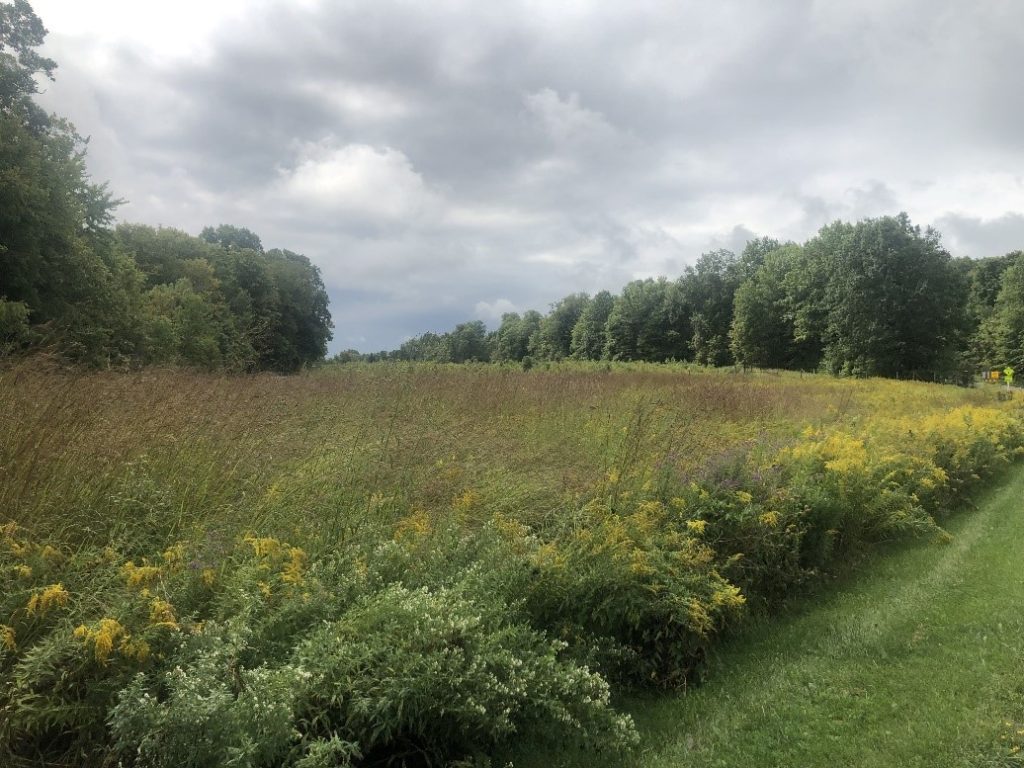
ඔබ ප්රතිස්ථාපන සඳහා විශේෂිත ශාක තෝරාගෙන ජෛව විවිධත්වය වැඩි දියුණු කළේ කෙසේද?
“ඇතැම් ප්රදේශවල තණකොළ වෙනුවට විසිතුරු ප්රදර්ශන ඇඳන් ආදේශ කළත් එය අපට සීමිත ප්රයෝජනයක් විය. අපගේ අඩු කිරීම් වලින් වැඩි ප්රමාණයක් පැමිණියේ 1) තණකොළ කැපීම අඩු කිරීම හෝ කැපීම සරලව ඉවත් කිරීම හෝ 2) කපන වාර ගණන අඩු කිරීම සඳහා අපගේ තණබිම් සහ ක්ෂේත්ර කළමනාකරණය වෙනස් කිරීම.”
සාමාන්ය පුද්ගලයෙකුට කළ හැකි දේ පිළිබඳ සරල උදාහරණයක් වන්නේ ක්රියාත්මක කිරීමයි කපන වාර ගණන අඩු වීම. එම අවස්ථාවේ දී, වෙනත් විශේෂයන් තණකොළ තුළට බඳවා ගන්නා බැවින් කාලයත් සමඟ ශාක විවිධත්වයේ වැඩි වීමක් ඔබට පෙනෙනු ඇත. එබැවින්, ශාක හිතාමතා සිටුවනු නොලැබේ, නමුත් ස්වාභාවික බඳවා ගැනීම් සිදු වේ. මෙයින් අදහස් කරන්නේ සමහර ශාක ස්වදේශික විය හැකි (උදා: වයලට්) සහ සමහර ස්වදේශික නොවන (උදා: පොළවට උඩින්, යාපහුව බලකොටුව) ජෛව විවිධත්වය වැඩි වන බවයි.

"නාගරික පසුබිමක, මගේ මතය අනුව, මෙය භයානක නොවේ, ස්වදේශික සහ ස්වදේශික නොවන දෙපාර්ශවයටම පරාග වාහකයන්ට සහ වන ජීවීන් සඳහා සම්පත් සැපයිය හැකිය, විශේෂයෙන් කිසිදු මල් සම්පතක් නොමැතිව තනිකරම තණකොළ ප්රදේශයක් ප්රතිස්ථාපනය කිරීමේදී." මෙම ප්රවේශයේ ප්රතිලාභ වේ වැඩි ජෛව විවිධත්වයක්, නියඟයට සහ ආතතියට වැඩි ප්රතිරෝධයක් සහ පොහොර, ජලය සහ පළිබෝධනාශක වැනි අඩු යෙදවුම්. අමතර ප්රවේශයක් වන්නේ දේශීය ශාක බීජ අඩංගු සංරක්ෂණ තවානකින් තණකොළ මිශ්රණයක් මිලදී ගැනීමයි. එමඟින් ස්වදේශික නොවන අය මිශ්රණයට ගෙන ඒම වළක්වා ගනිමින් වඩාත් ජෛව විවිධත්වයෙන් යුත් තණකොළ බඳවා ගැනීමේ ක්රියාවලිය වේගවත් කළ හැකිය (ඔවුන් බොහෝ විට කාලයත් සමඟ ඇතුල් වනු ඇත).
පැත්තක සටහනක් මත, දී ලීච් පර්යේෂණ ස්ථානය, තණකොළ අඩු කිරීම පිළිබඳ පර්යේෂණ පර්යේෂණාත්මක සන්දර්භයක් සමඟ සිදු කෙරේ. අපගේ පර්යේෂණ කණ්ඩායම විශේෂ සහ රෝපණ දිනය අධ්යයනය කිරීමට උනන්දු වන්නේ එය ස්ථාපිතයට බලපාන්නේ කෙසේදැයි බැලීමටය.
“අපගේ තණබිම් සහ පැරණි කෙත්වතු සඳහා, කප්පාදු කිරීම අඩු කිරීමත් සමඟ ස්වාභාවික බඳවා ගැනීම් ද සිදුවනු ඇත. අපි දාර පිහාටු භාවිතා කළ සමහර තණබිම් සඳහා, අපි කුරුල්ලන් සහ වන සතුන් ආකර්ෂණය කරන පලතුරු/ගෙඩි සහිත ගස් කෙරෙහි අවධානය යොමු කළෙමු. එවිට කුරුල්ලන් ආක්රමණශීලී විශේෂ වෙනුවට දේශීය බීජ ව්යාප්ත කරනු ඇත. දේශගුණික විපර්යාසවලට ඔරොත්තු දෙන ලෙස පුරෝකථනය කර ඇති ගස් සිටුවීම ගැන සලකා බැලීමටද අපි උත්සාහ කළෙමු.
ඔබ මෙම උත්සාහයන් මහජනතාවට සන්නිවේදනය කළේ කෙසේද?
"ලීච් දුම්රිය ස්ථානයේ තණකොළ අඩු කිරීම සහ පර්යේෂණාත්මක කටයුතු දුම්රිය ස්ථානයේ චාරිකා වලදී මහජන කණ්ඩායම් වෙත සඳහන් වේ. වර්කිං වුඩ්ස් හි සිදුකෙරෙන දාර පිහාටු වැඩ පොදු චාරිකාවලට ද ඇතුළත් කර ඇති අතර එමඟින් සියලුම අමුත්තන් මෙම තාක්ෂණය ගැන දැන ගනු ඇත. අපි ව්යාපෘති/රෝපණ සඳහා ස්වේච්ඡා සේවකයන් සම්බන්ධ කර ගෙන ඇති අතර, ඔවුන් අප කරන දේ වෙනුවෙන් පෙනී සිටින්නන් බවට පත් වී ඇත. පරාග වාහකයන් සහ ඔවුන්ගේ පර්යේෂණ ගැන අපි බ්ලොග් සටහන් කිහිපයක් ලියා ඇත ශාක ජෛව විවිධත්වය සඳහා දායකත්වය.”
ඔවුන්ගේ තණකොළ ප්රදේශය අඩු කිරීමට කැමති වෙනත් ආයතනවලට ඔබ ලබා දෙන නිර්දේශ මොනවාද?
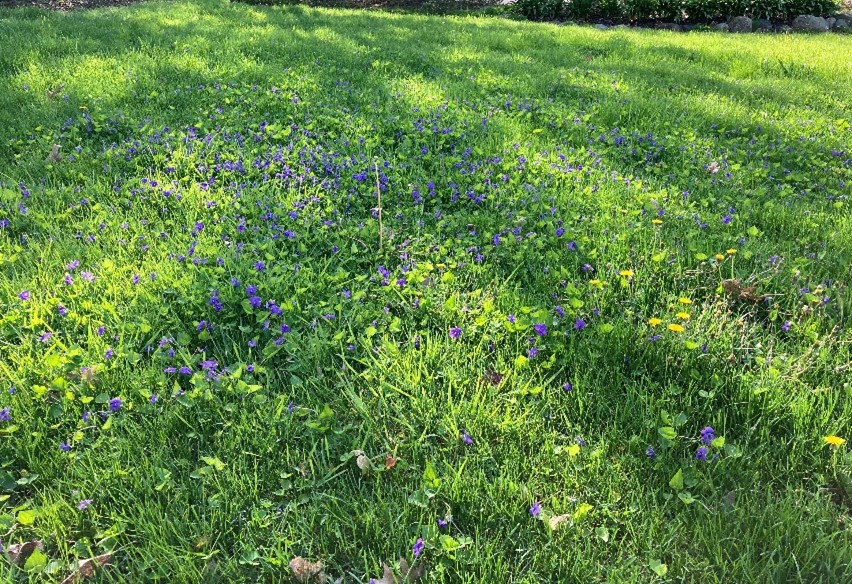
ඔවුන් සතුව ඇති තණකොළ ඉඩ ඔබට ඇත්තේ මන්දැයි සිතා බැලීමෙන් ආරම්භ කරන්න. එය ඉටු කරන්නේ කුමන අරමුණක් සඳහාද, කුමන යෙදවුම් සඳහාද, එය යවන්නේ කුමන පණිවිඩයක්ද, යනාදිය. ඔබ තණකොළ ඉඩ ඉවත් කරන්නේ නම් කාර්ය මණ්ඩලය සඳහා ඔබ නිදහස් කරන්නේ කුමන ආකාරයේ කාලය සහ සම්පත්ද?
තණකොළ නඩත්තු කිරීම ගැන සිතන විට ඔබ සැබැවින්ම පිරිවැය සහ ප්රතිලාභ ප්රවේශයක් ගත යුතුය. පාරිසරික මෙහෙවරක් ඇති හෝ තිරසාරත්වය ගැන සැලකිලිමත් වන සංවිධාන සඳහා, කප්පාදු කිරීම අඩු කිරීම හෝ නොකැපීම ජෛව විවිධත්වය වැඩි කරන අතර පොහොර ගලායාම අඩු කරයි. එහෙත් ආර්ථික ප්රතිලාභ ද ඇත - කපා දැමීම අඩු කිරීම ගෑස්, උපකරණ සහ කාර්ය මණ්ඩල කාලය තුළ මුදල් ඉතිරි කරයි.
මහජනතාව දැනුවත් කිරීම ද වැදගත් ය. සාමාන්ය ජනතාව අතර සිටින සමහර අය සිතන්නේ නෝ-මව් අවුල් සහගත, නොසැලකිලිමත් හෝ කම්මැලි බවයි, නමුත් ඔවුන් ප්රතිලාභ ඉගෙන ගත් විට එය අවබෝධයක් ඇති කළ හැකි අතර ඔවුන්ගේම තණකොළ සඳහා ක්රියා කිරීමට පවා පෙළඹවිය හැකිය. කප්පාදු කිරීම අඩු කිරීම සහ ස්වාභාවික තණකොළ ප්රවේශය (වැඩි ශාක විවිධත්වයක් සහිත) පවා අප්රසාදයට ලක් විය හැක. පළිබෝධනාශක අලෙවි කිරීමට අවශ්ය රසායනික සමාගම් විසින් වසර 50 ක අලෙවිකරණයට එරෙහිව තරඟ කිරීමේ අපේක්ෂාවෙන් මහජනතාව දැනුවත් කිරීම සිදු කෙරේ.
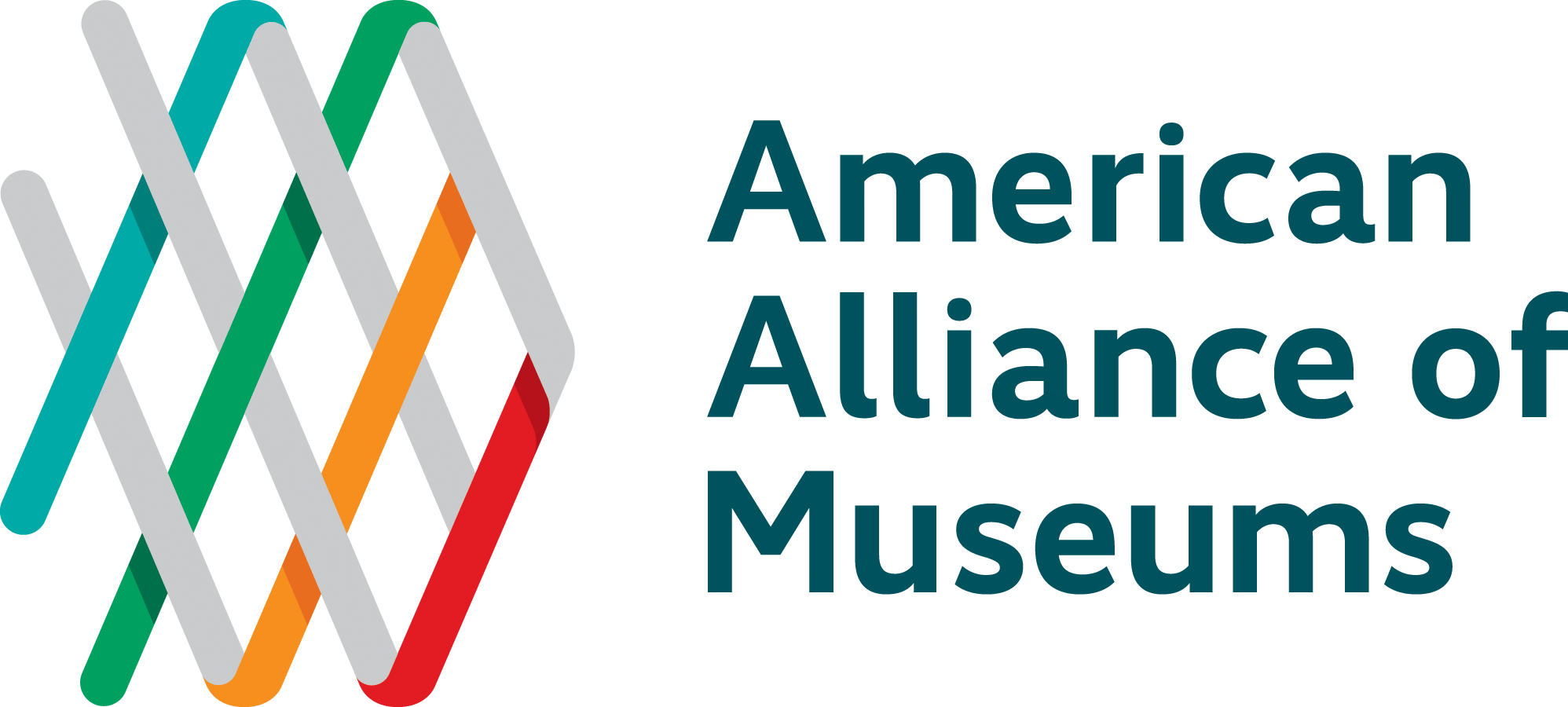

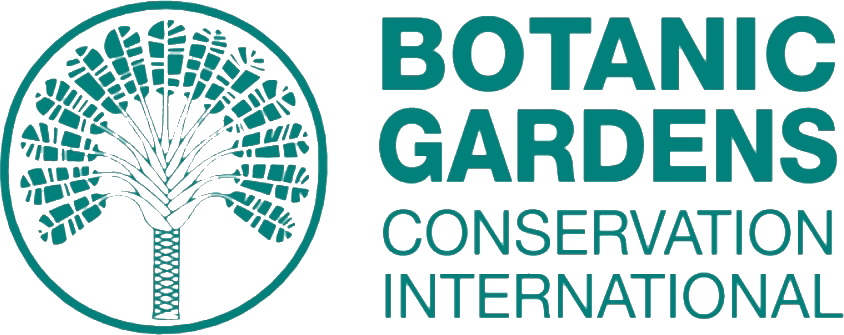



නවතම ප්රතිචාර